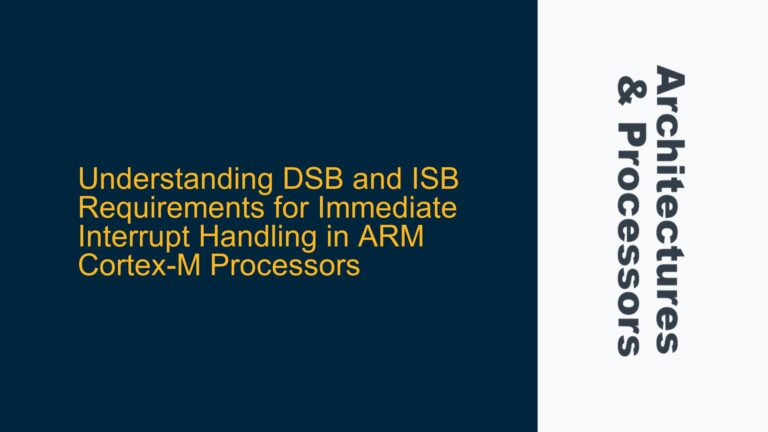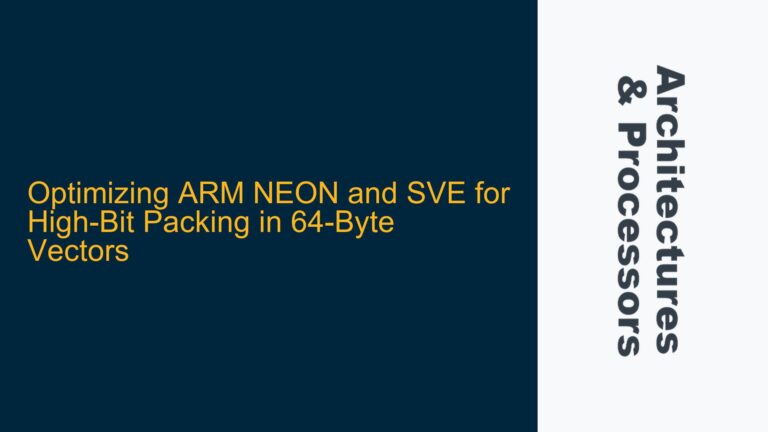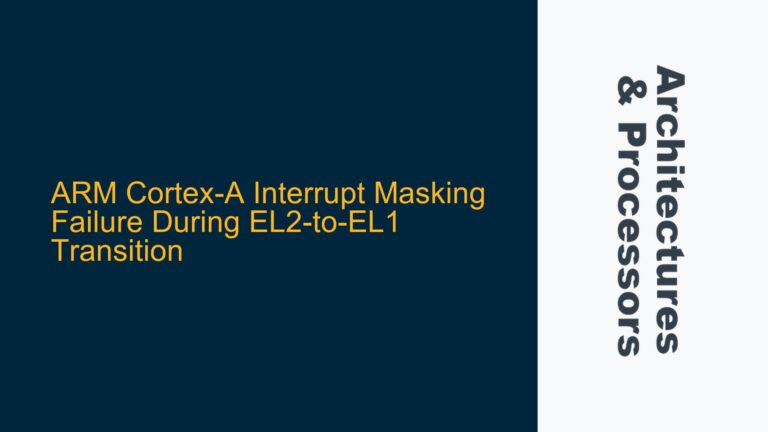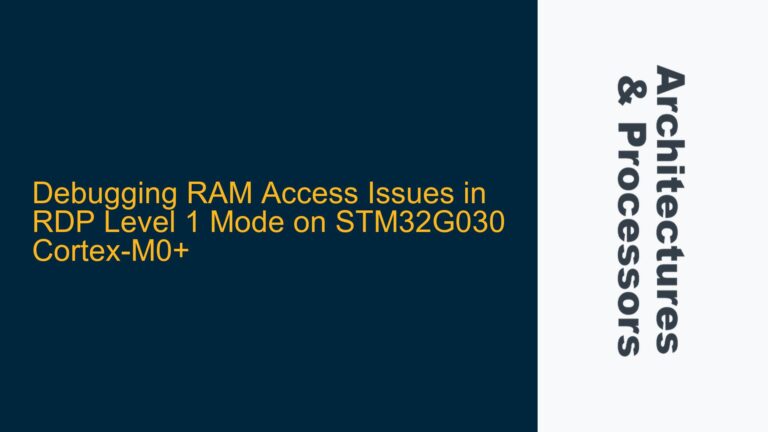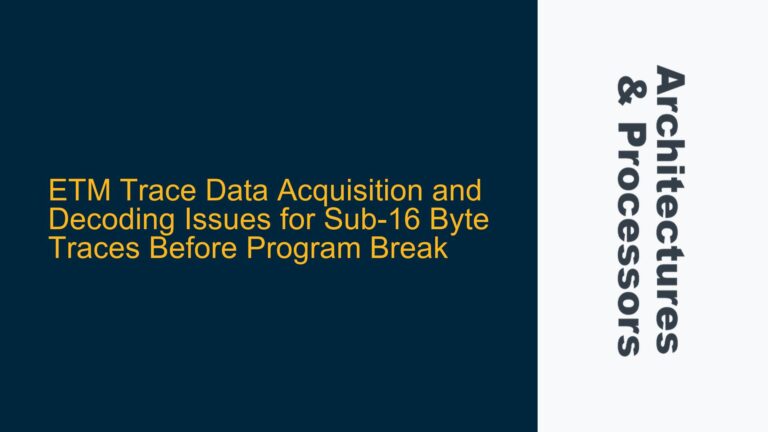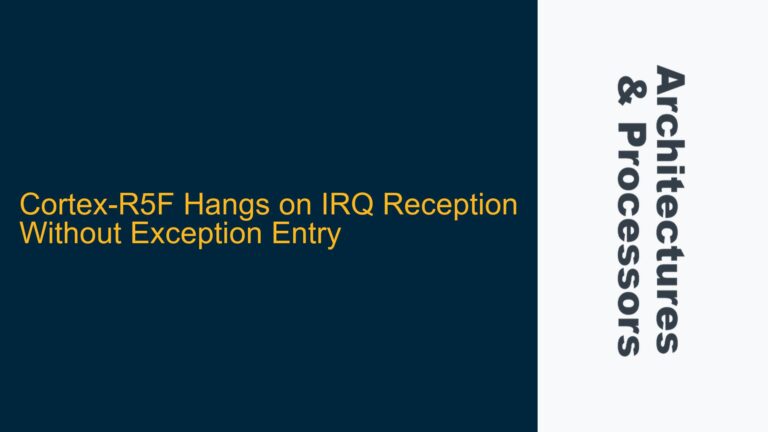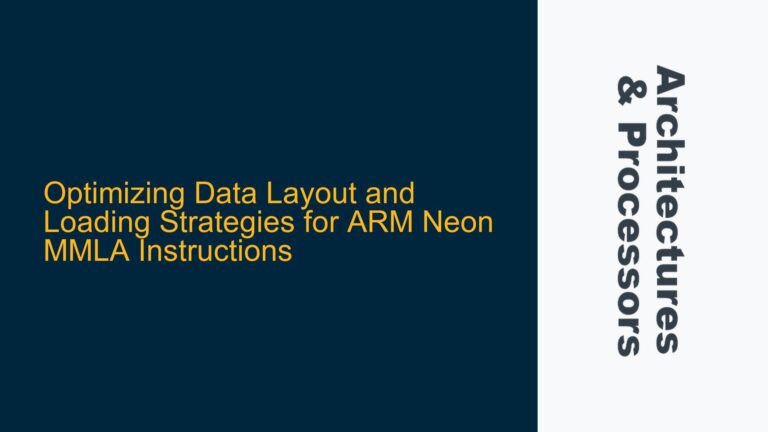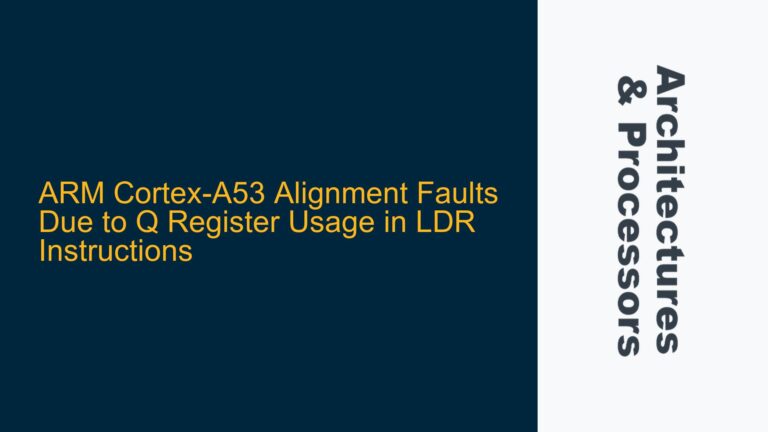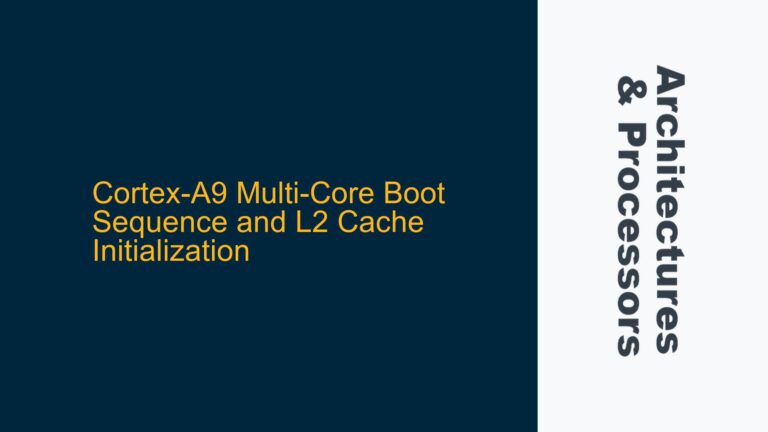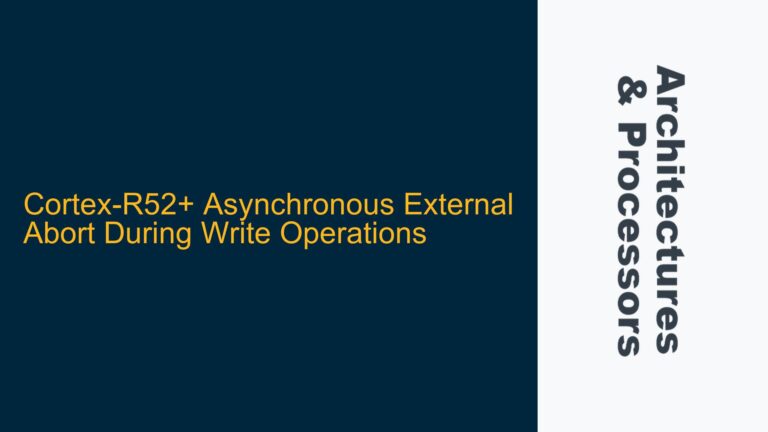DSB and ISB Requirements for Immediate Interrupt Handling in ARM Cortex-M Processors
ARM Cortex-M Interrupt Handling and Memory Barrier Requirements In ARM Cortex-M processors, ensuring that interrupts are handled immediately after being pending is critical for real-time systems. The ARM architecture provides two memory barrier instructions, Data Synchronization Barrier (DSB) and Instruction Synchronization Barrier (ISB), to manage the order of memory operations and instruction execution. The DSB…
